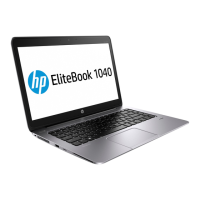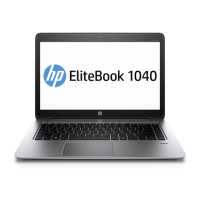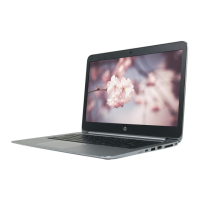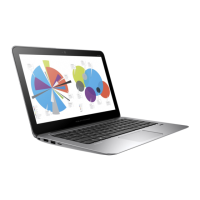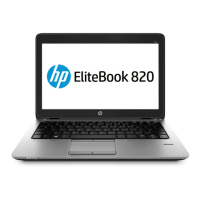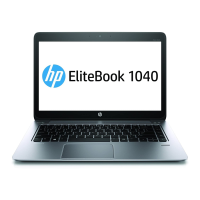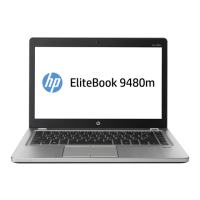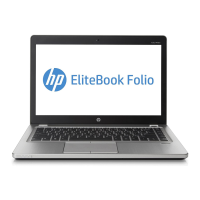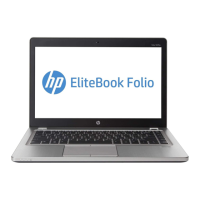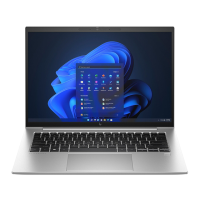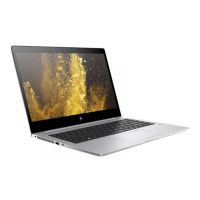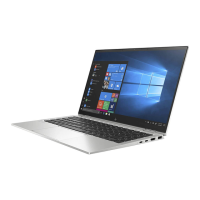What to do if my HP Laptop screen is blank?
- RRobin BarryJul 26, 2025
If your HP laptop screen is blank, the computer may be in Sleep mode. Briefly press the power button to exit Sleep. Alternatively, the computer may not be set to display the image on the computer screen. To transfer the image to the computer screen, press fn+f4.
